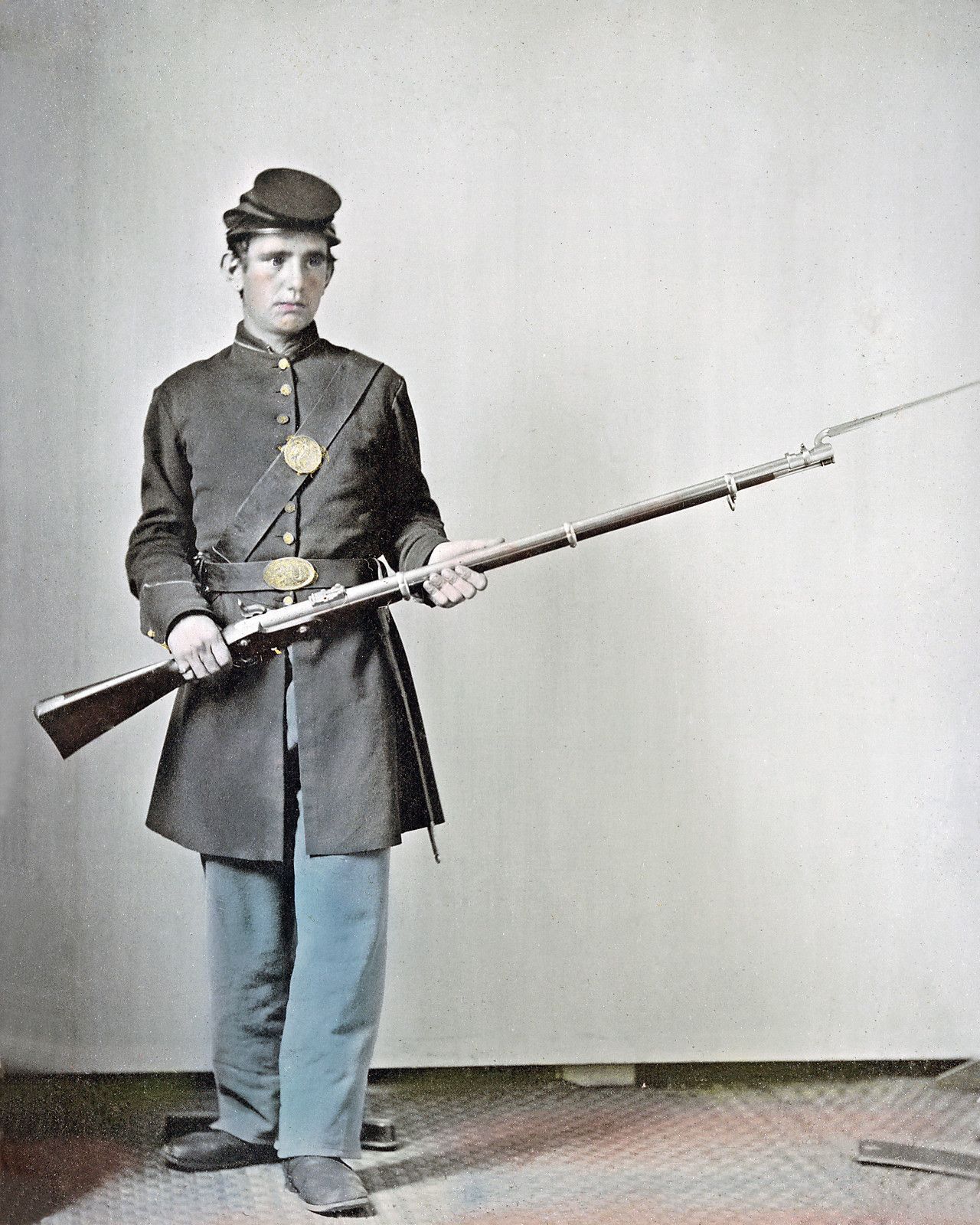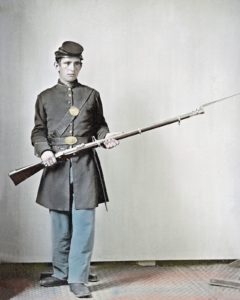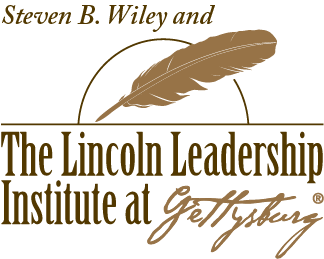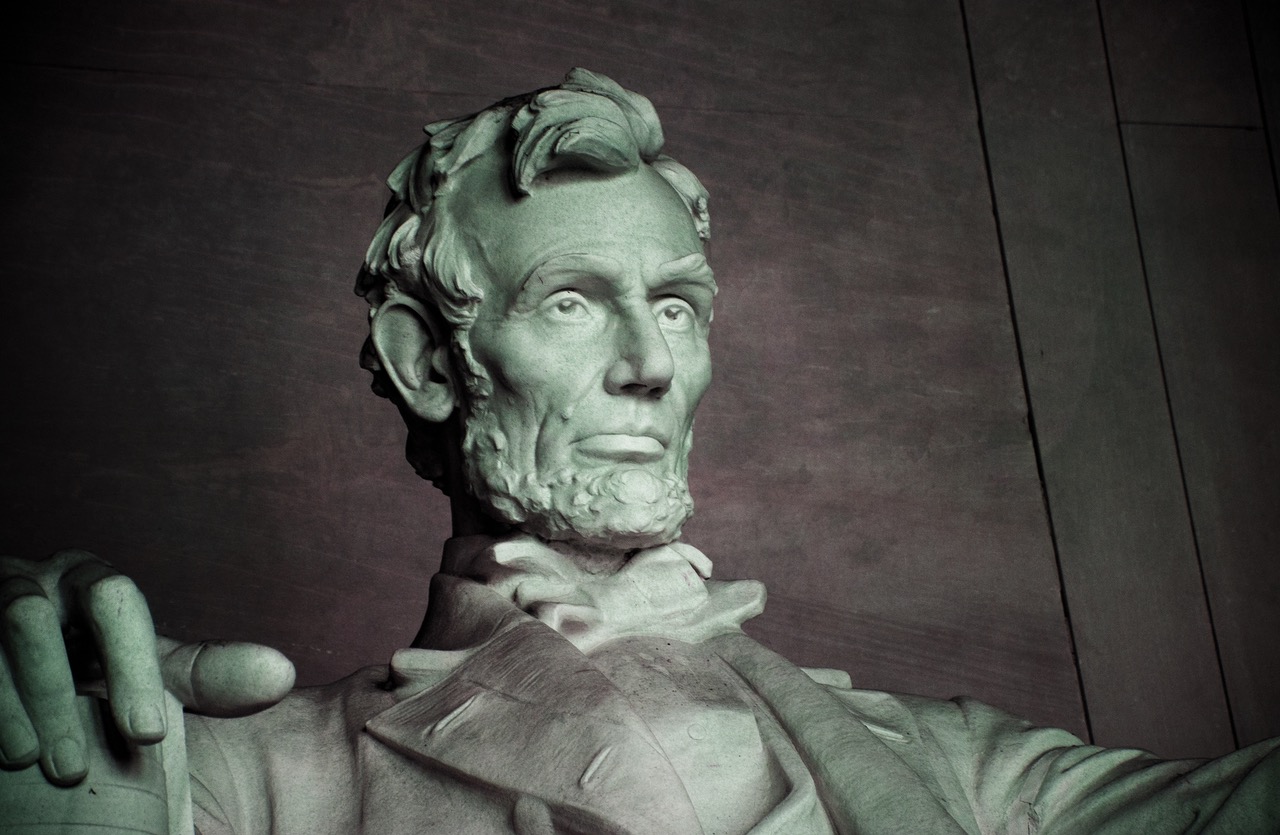
I am in the midst of working on a new book about Joshua Chamberlain, the 20th Maine, and the Battle of Gettysburg. As part of my background reading, I am trying to become more knowledgeable about the weapons the men carried and the battlefield tactics they used. The current master on that subject is Earl Hess. Several of his books have proved valuable for my own research, while also suggesting some interesting ways to think about leadership challenges.
 In The Rifle Musket in Civil War Combat, Hess turns a number of myths on their head. People often assert that the high death toll of the Civil War was a product of old tactics but new weapons. Specifically the reference to the addition of rifling and the advent of a new bullet that tripled the effective range from about 100 yards (at the time of the Revolutionary War) to 300 yards. However, Hess shows this explanation to be unfounded. Because the rifle fired a bullet through a parable-shaped arc, a gun sighted for 300 yards would hit a man who was 0-100 yards in front of him, but then the bullet would be over the head of an oncoming attacker for the distance between 100-225 yards, dropping into the killing zone again between 225-350 yards. Effectively this meant that soldiers had to be highly trained at estimating distances, otherwise the new, supposedly superior rifled musket was no more effective than the smoothbores from the days of George Washington.
In The Rifle Musket in Civil War Combat, Hess turns a number of myths on their head. People often assert that the high death toll of the Civil War was a product of old tactics but new weapons. Specifically the reference to the addition of rifling and the advent of a new bullet that tripled the effective range from about 100 yards (at the time of the Revolutionary War) to 300 yards. However, Hess shows this explanation to be unfounded. Because the rifle fired a bullet through a parable-shaped arc, a gun sighted for 300 yards would hit a man who was 0-100 yards in front of him, but then the bullet would be over the head of an oncoming attacker for the distance between 100-225 yards, dropping into the killing zone again between 225-350 yards. Effectively this meant that soldiers had to be highly trained at estimating distances, otherwise the new, supposedly superior rifled musket was no more effective than the smoothbores from the days of George Washington.
How often in our own organizations do we adopt a new technology that is going to fix everything, then, because we don’t use it properly, it has no greater impact than what it replaced? Hess’ revelations on the trajectory of the bullet, plus the average distance at which soldiers reported opening fire on the enemy (between 75-125 yards), are both good reminders that new technologies are only effective if they are accompanied by appropriate training. What training might you need?




Recent Comments